Saleswhale Blog | 10 Min Read
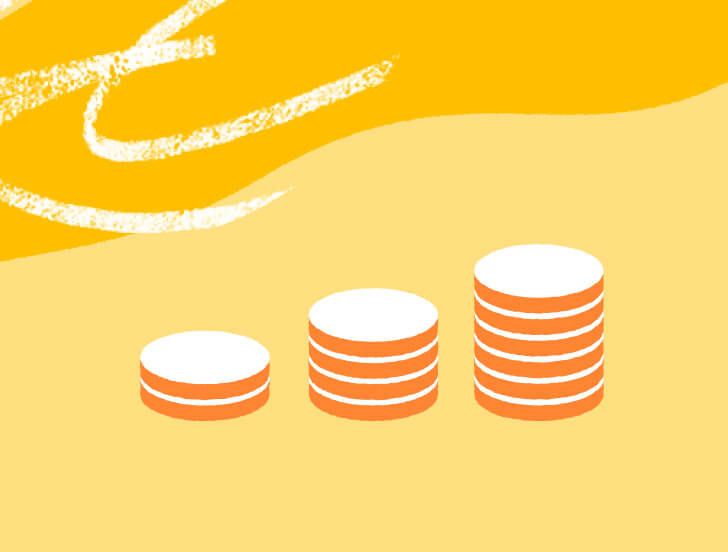
No one talks about dormant leads.
Marketers are focused on generating leads. Sales are focused on converting hot leads into paying customers.
So, who's focused on dormant leads sitting in the database?
Well, no one.
Sending them once a month newsletters via Marketo doesn't count.
Here's the thing -
Marketing spends almost their entire marketing budget on top of the funnel activity.
And this is also where marketers face the biggest challenges in 2020: generating traffic and leads, and proving the ROI of their marketing activities.
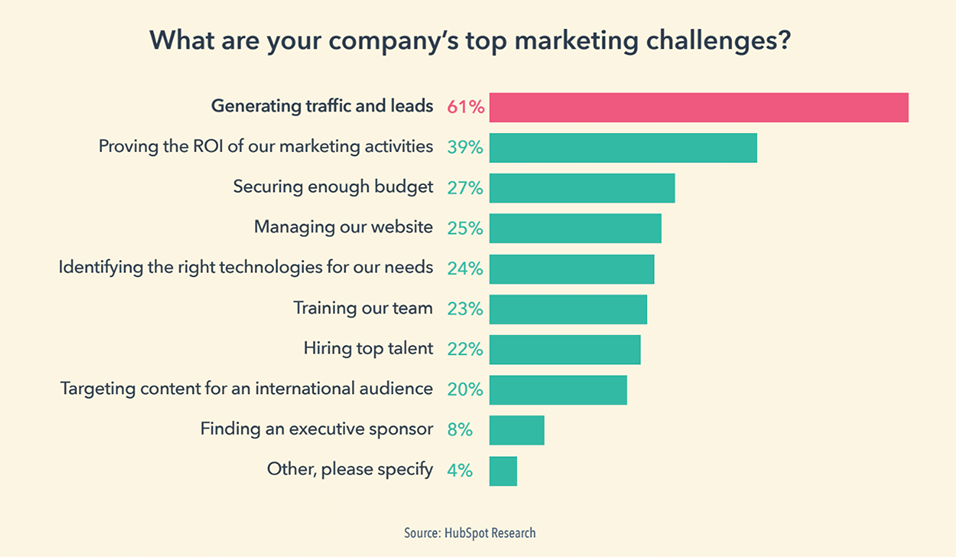 I want to push you to think outside the box, and not just about net-new lead generation.
I want to push you to think outside the box, and not just about net-new lead generation.
But also consider the value you are already sitting on, in your existing database.
It's getting more and more expensive to acquire new leads.
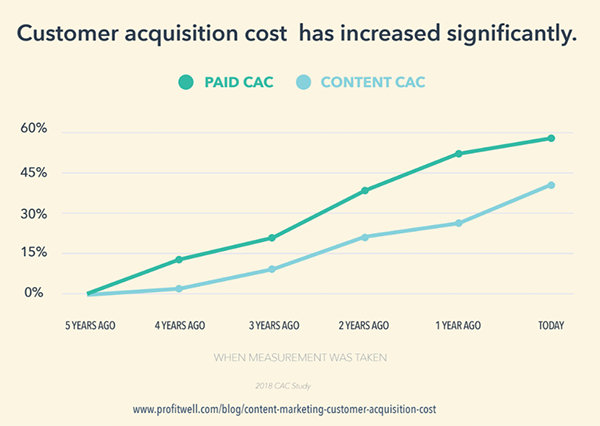
And yet, many marketers are sitting on a goldmine, and not spending enough time digging.
According to MarketingSherpa, Sales ignores as much as 80% of marketing leads.
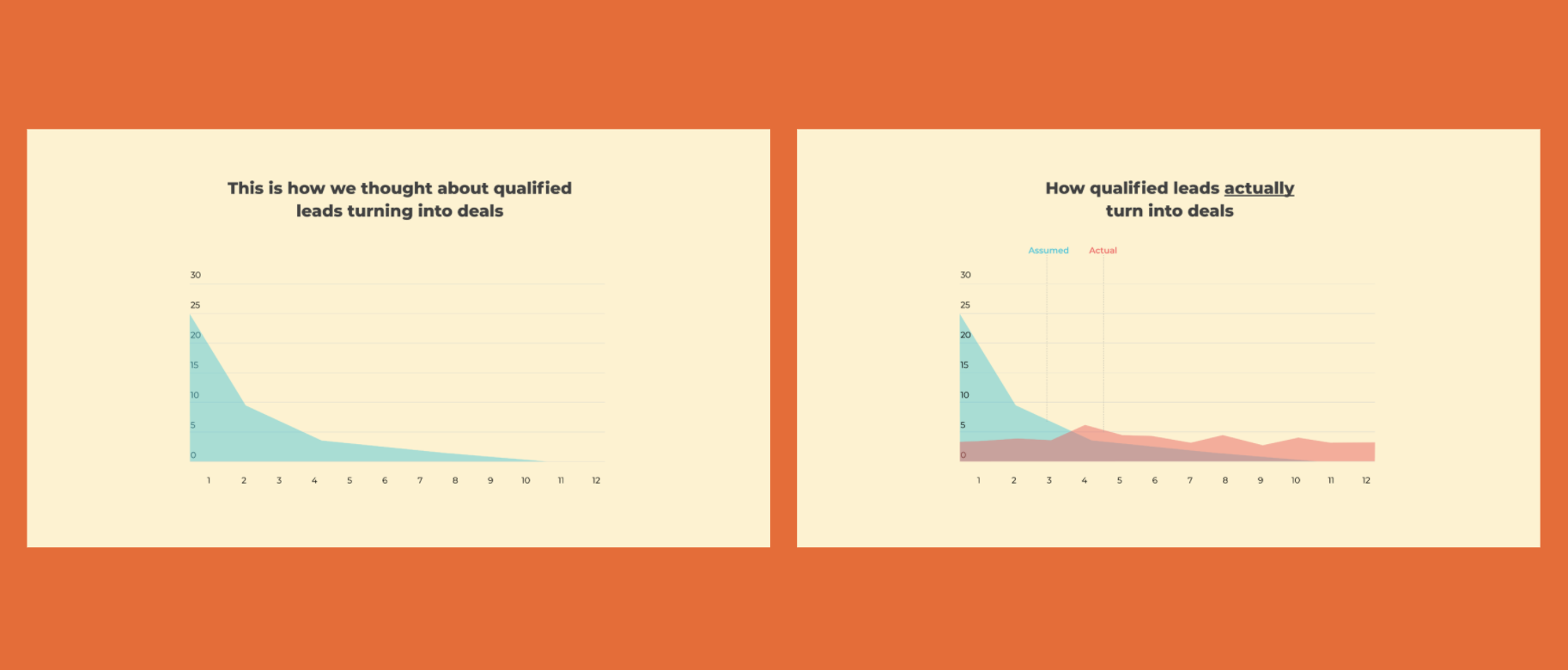
Imagine what you could do for marketing ROI if you balanced lead generation with uncovering new value from leads which already exist in your database.
Think of it like a tube of toothpaste:
 Toothpaste roller - comes in Saleswhale blue.
Toothpaste roller - comes in Saleswhale blue.You want to start at the bottom, and tightly roll up to get every last drop of toothpaste in the tube.
If you just go about squeezing here and there, you are going to leave a lot of toothpaste in the tube.
This is what we want to do with every single marketing campaign we run.
Here's a real story on the opportunities that are sitting in your dormant leads.
Randstad was sitting on a large amount of underserved leads from their marketing campaigns.

Not all leads that marketing passed to sales were ready to convert.
And their sales team did not have the bandwidth to thoughtfully follow up with every lead and sift out those who were interested.
By making sure that no marketing leads slip through the cracks, Randstad was able to increase sales meetings generated by 2.5X.
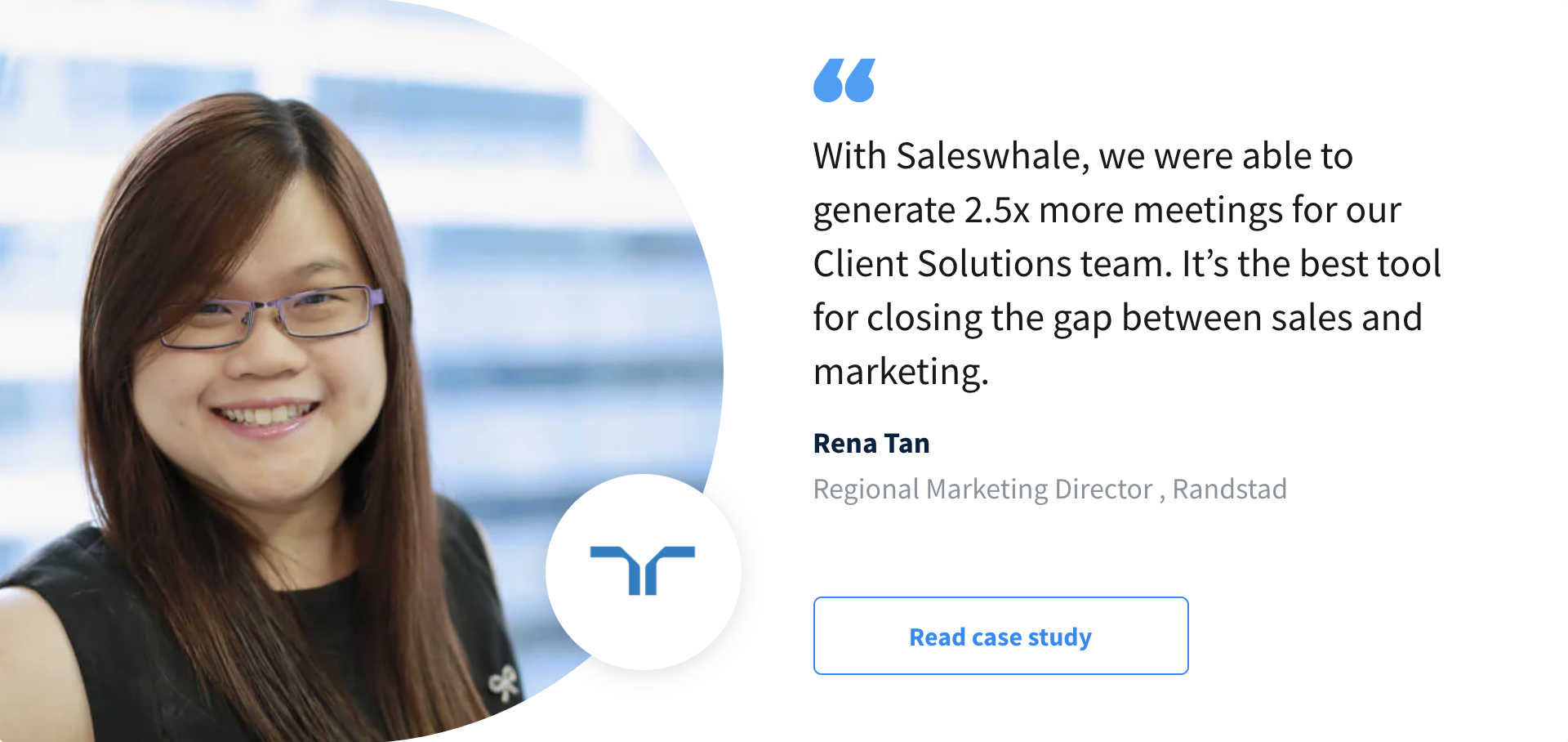
Enough with preamble - now, let's get down to brass tacks.
Here's one middle-of-the-funnel play that you can steal, without having to purchase a platform like Saleswhale.
Any marketing-generated leads that have not interacted with your sales team in the past 30 days, and are not in an open opportunity, are considered dormant.
This doesn't mean they are not interested. It just means that they are inactive.
We recommend using a middle-of-the-funnel content offer play.
An inactive person doesn't want to be put on the spot to take a phone call or meeting. A content offer play is a happy medium to someone who just needs a nudge.
What's a content offer play?
Here's an example of how an actual content offer play looks like:
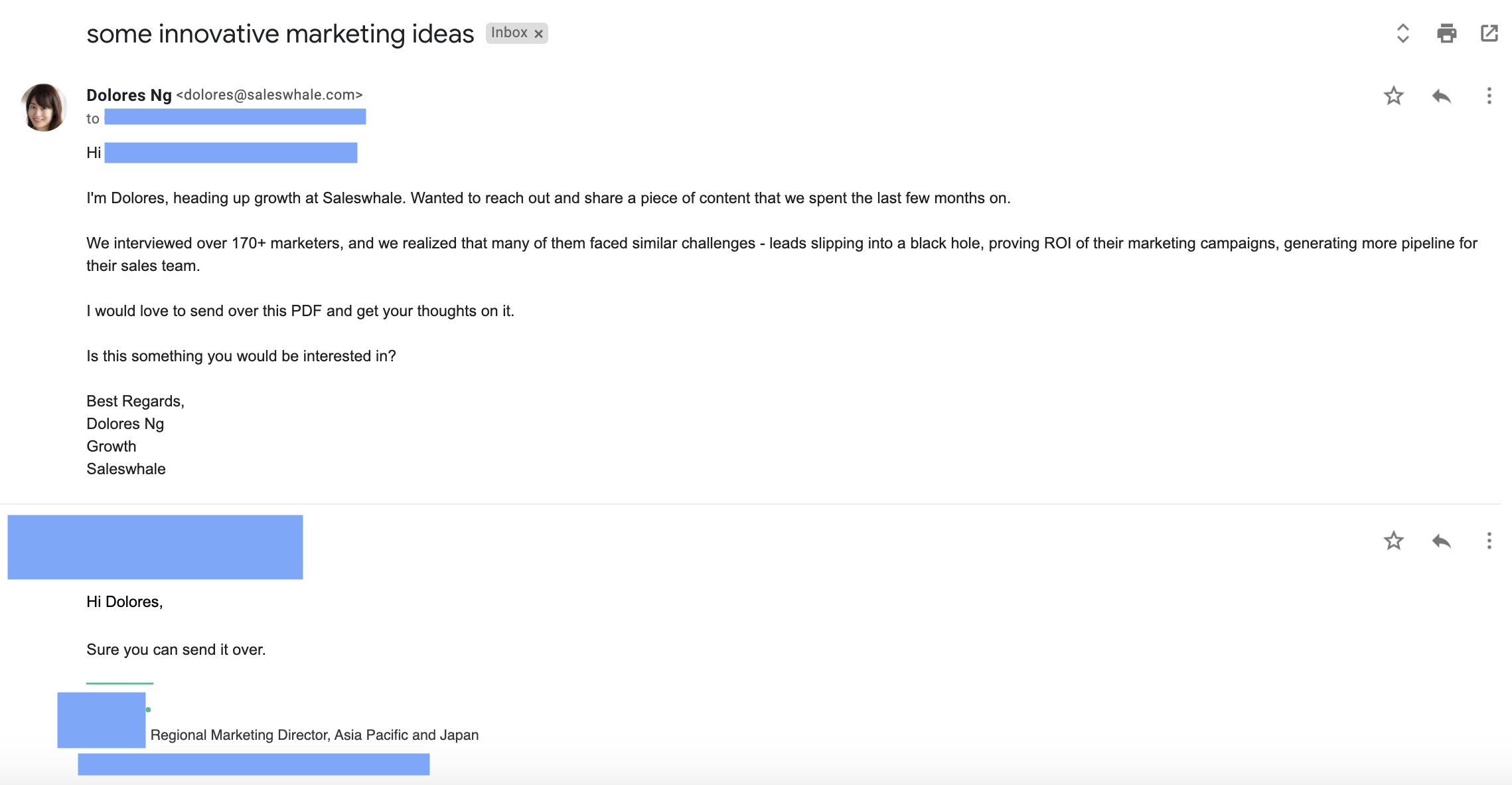
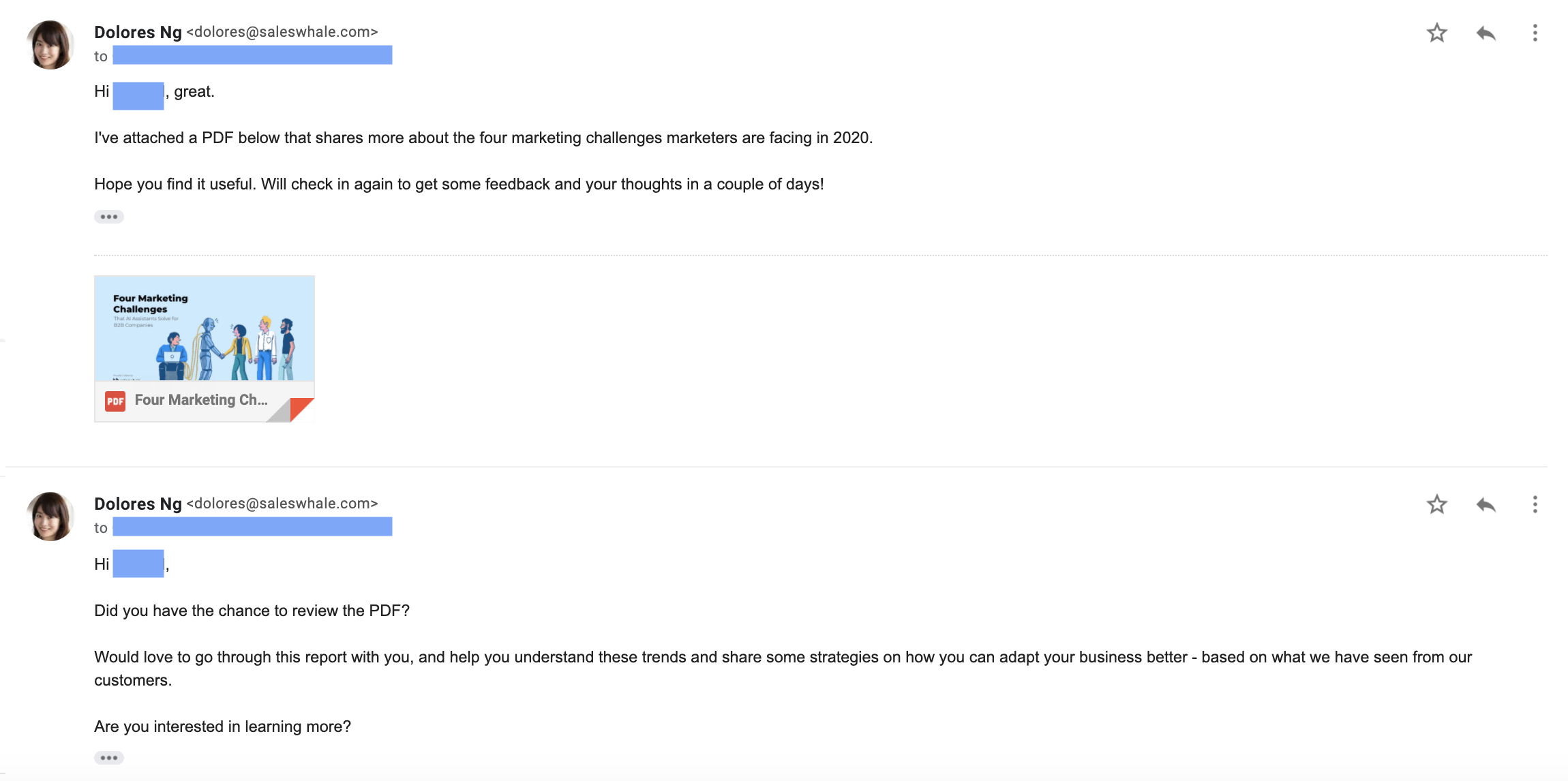

As you can see, the purpose is to accelerate leads down the funnel, build up and monitor purchase intent, all while not appearing too sales-y or pushy.
The trick is to do this at scale, and in a repeatable and consistent manner.
And here's how to do it:
1. Organize your Salesforce database
2. Segment and enrich your list
3. Figure out your offer - use Salesforce Campaign record
4. Create, deploy and experiment with your email messaging
In most cases, CRM stands for crazy, riddled mess.
For most marketing teams, the strategy has always been more. More leads, more campaigns, more data.
However, to create a scalable process to re-engage dormant leads, you need to have the peace of mind that you are not crossing wires with active leads being worked on, step on your sales teams shoes for live opportunities... or worst of all, accidentally re-engaging current customers.
If you are a B2B company, I highly recommend using an Account-based approach.
The goal is to set up our Salesforce database in a way that allows us to automate the following pre-flight checklist:
If all the above is No, then you are cleared for take-off.
For more advanced stuff, you may also want to automate the verification of:
Revenue operations is beyond the scope of this article, but in future articles, I can share how we configured SFDC to:
- Use Salesforce Process Builder to dynamically assign Account lookups for Leads, and filter out personal email addresses (we are B2B):
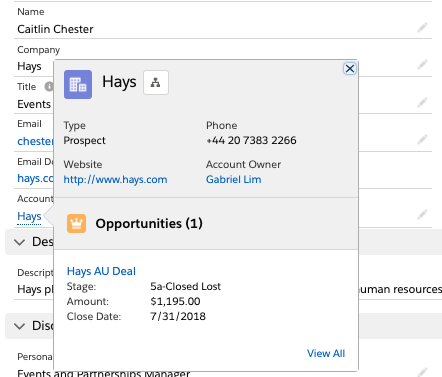
- Automate the field updates of custom picklists such as Funnel Stage (based on interactions with Campaigns), Account Status and Lead Status (Rejected, Recycled, MQL, Working, Reached, Qualified):
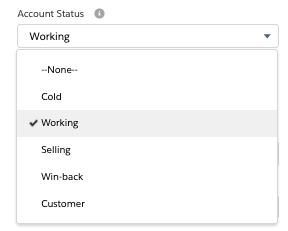
- And lastly, rolling all the above into a real-time pre-flight checklist that we call Saleswhale Status (you can name this whatever you want):
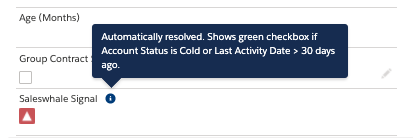

Red means no go, green means safe to re-engage.
I take this re-engagement pre-flight checklist seriously: this prevents bad blood and ill will that can result from channel conflict with your sales team.
Remember when I said that your dormant leads aren't not interested, they are just inactive?
This is where segmentation and optimization comes into play.
The goal is to eventually match relevant content and messaging to your prospects. This means that you should segment and enrich your list as throughly as possible.
I recommend at minimum:
1. Segmenting your leads into your main buyer personas.
%20(1).jpg)
2. Enriching each Account with at least 3 to 4 buyer personas to re-engage.
3. Figuring out where each Account resides in your marketing funnel. We only want to engage top-of-the-funnel and middle-of-the-funnel prospects with our content offer play.
For more advanced segmentation, you can also try segmenting by:
You know how ideally every SDR and sales person would read every piece of content - whitepaper, eBook, on-demand webinar - that Marketing produces, and use them to engage their prospects?
Yeah, me neither... realistically, that doesn't happen.
Think about how many pieces of content your company produced over the last few quarters.
Is it fair to expect that your Sales team knows and internalizes each, and every piece of content? Probably not.
You can quickly organize this by turning each Salesforce Campaign record into a "marketing content library package" which doesn't take a ton of effort.
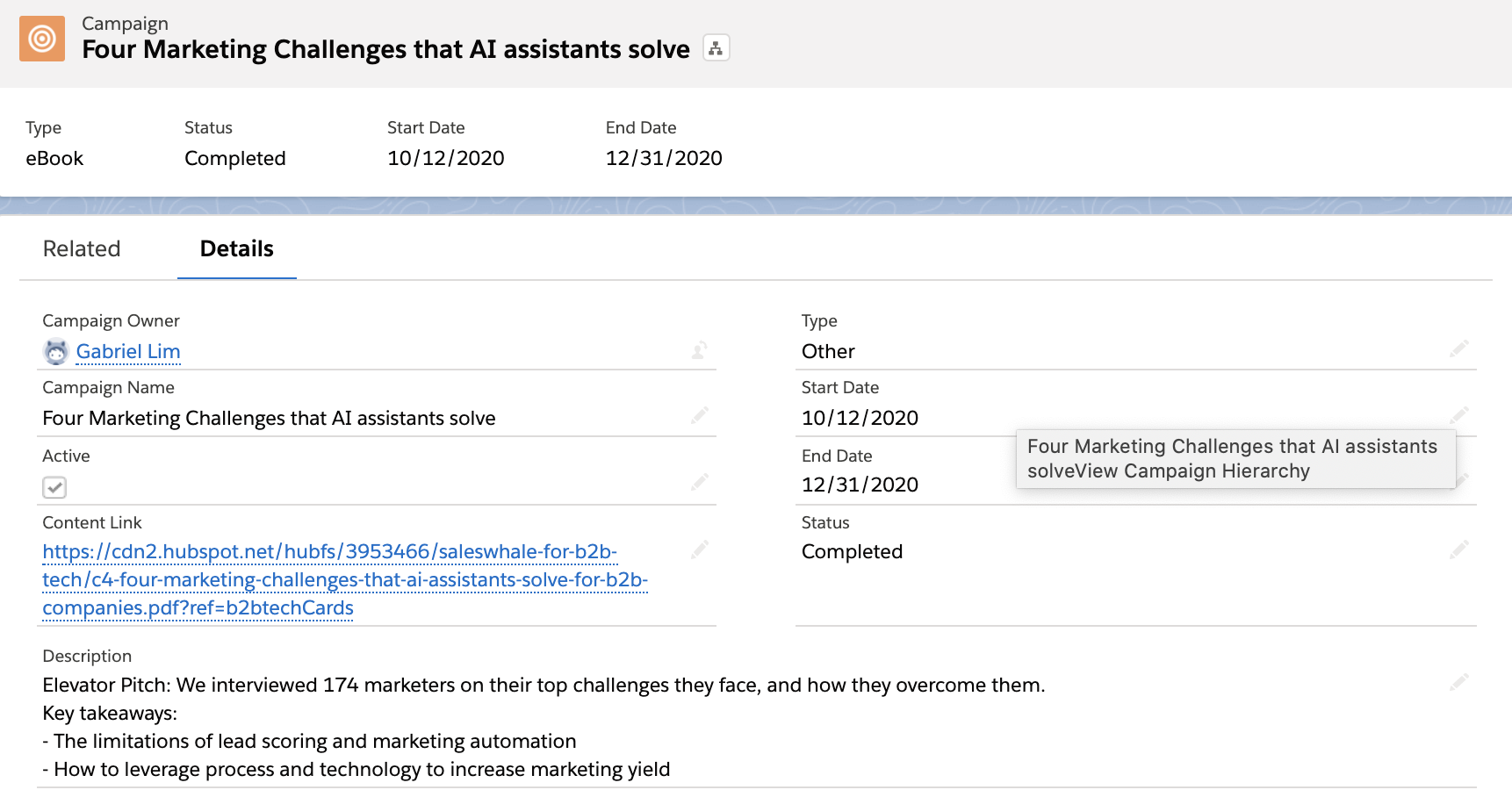
You should add the following to the Campaign fields:
This helps make Campaigns meaningful.
And most importantly, this helps you tie everything back to Campaigns so you can run attribution / marketing ROI on your content.
This is where the rubber meets the road.
You want to create personal, highly relevant email messages for your dormant leads.
And you should not use a marketing automation platform like HubSpot, Marketo or Pardot to do it.
.jpg)
The reason is simple: Marketing automation tools are built for one-to-many communication. Your open rates will be impacted (large chunk of emails will go into Promotions or Junk). And the emails don't look personal.
Either send the email from your personal inbox, or use an email sequencing tool to do it.
To borrow from The Prestige, you can think of a content offer play in 3 parts - the pledge, the turn, the prestige:
The pledge

This is where you send your first email sequence to ask for permission to send over the content offer.
Some tips for your first email:
If they do not reply, follow up up once after 3 working days by replying to your email's main thread something along the lines of:
"Hi, {first_name}, just checking in on this. You might find this helpful: {key_takeaways_1}. Let me know if you want me to send this over."
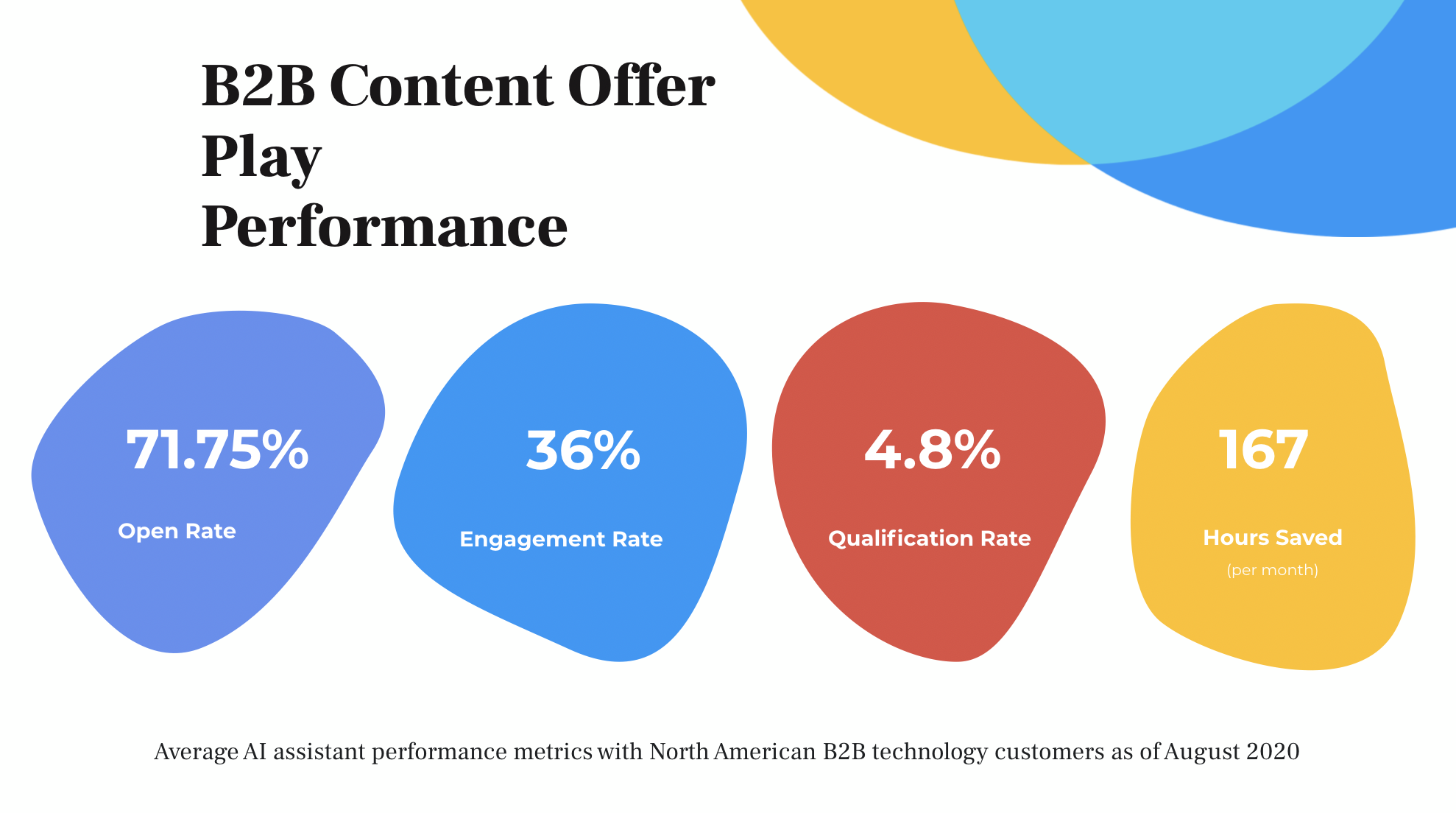
As a benchmark, a well-executed first email sequence should get a 36% reply rate.
Basically, people replying something along the lines of:
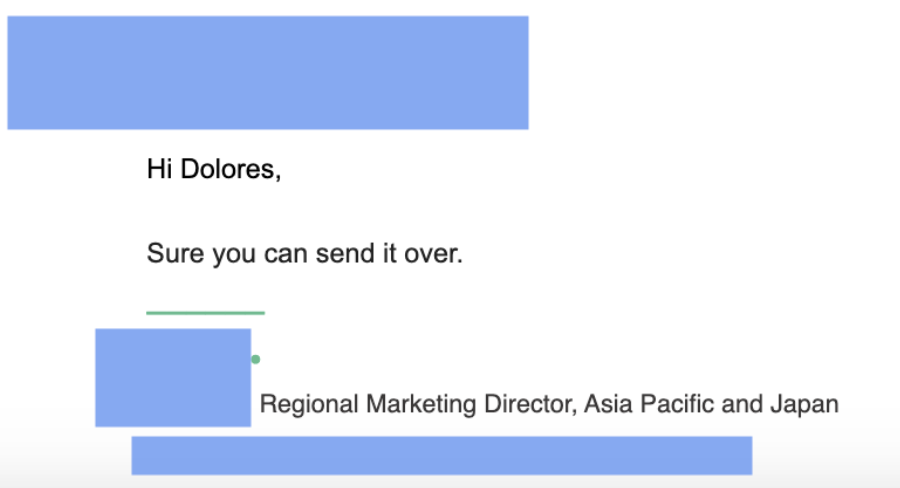
If you see a drastically lower engagement rate than this, keep iterating on your offer, offer value proposition, offer relevance (segmentation) and email messaging.
The turn
Once a lead has engaged and requested for the content offer, you want to send over the PDF / link and let them sit on it for a bit. Do not push for a sales meeting or phone call here.
You should also record that the lead has engaged with the content under Campaigns and Leads in Salesforce (for future engagement).

After two days, you should create another sequence to ask them for their thoughts on the content, and if they would love to discuss your product / value proposition further.
This is the turn.
This is where you try to build, and test for intent.
Some messaging that has worked well for us:
The prestige

As a benchmark, around 13% to 15% of the time, an engaged lead will respond favorably to an initial sales call.
As a marketer, what you want to do now is to rope in your Sales counterparts by handing off this lead to them.
In Saleswhale, we call this a "hand-raiser" lead.
The overarching goal of all lead generation is to bring a lead towards being ready (and willing) to speak to sales.
Debugging
If you are not seeing the results you want to see, keep experimenting.
Here are some variables you should continue to test:
Make sure that you have a large enough sample size for each experiment group (at least 100), and don't change too many things at once (e.g. if you are testing subject lines, keep the email body consistent).
In the next post, I'll cover best practices and the tactical aspects on setting up your Salesforce database to allow you to re-engage dormant leads at scale, including the pre-flight checklist.
Also, if the above play sounds like a monstrous lift in terms of effort to you - consider checking out Saleswhale (we have a free trial) to see how we can automate this content offer play for you.

Revenue-Driven Marketing Marketing Strategy Use Cases Lead Conversion Automation

Co-founder & CEO at Saleswhale
Sign up for cutting edge ideas on conversational marketing, AI assistants and martech.

Saleswhale for Salesforce allows you to build powerful automated lead conversion workflows. This allows you to re-engage with your neglected marketing leads at...
19 APR 2021
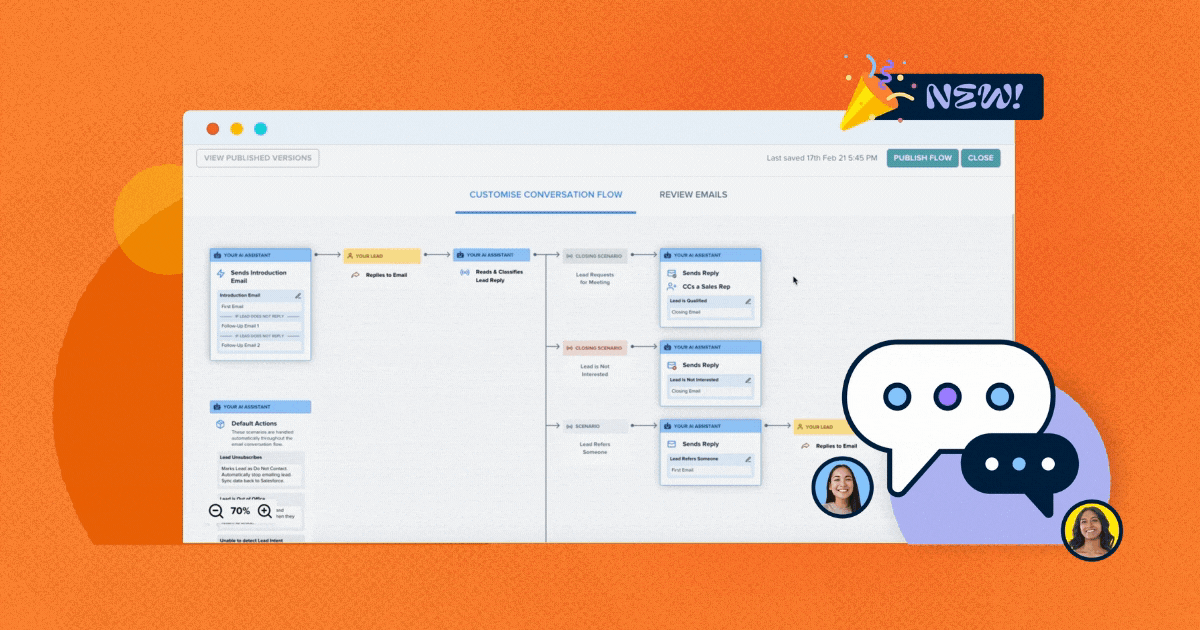
Demand generation and marketing teams generate more leads at the top of the funnel than ever in this new digital-first world. Saleswhale helps ensure those...
1 MAR 2021
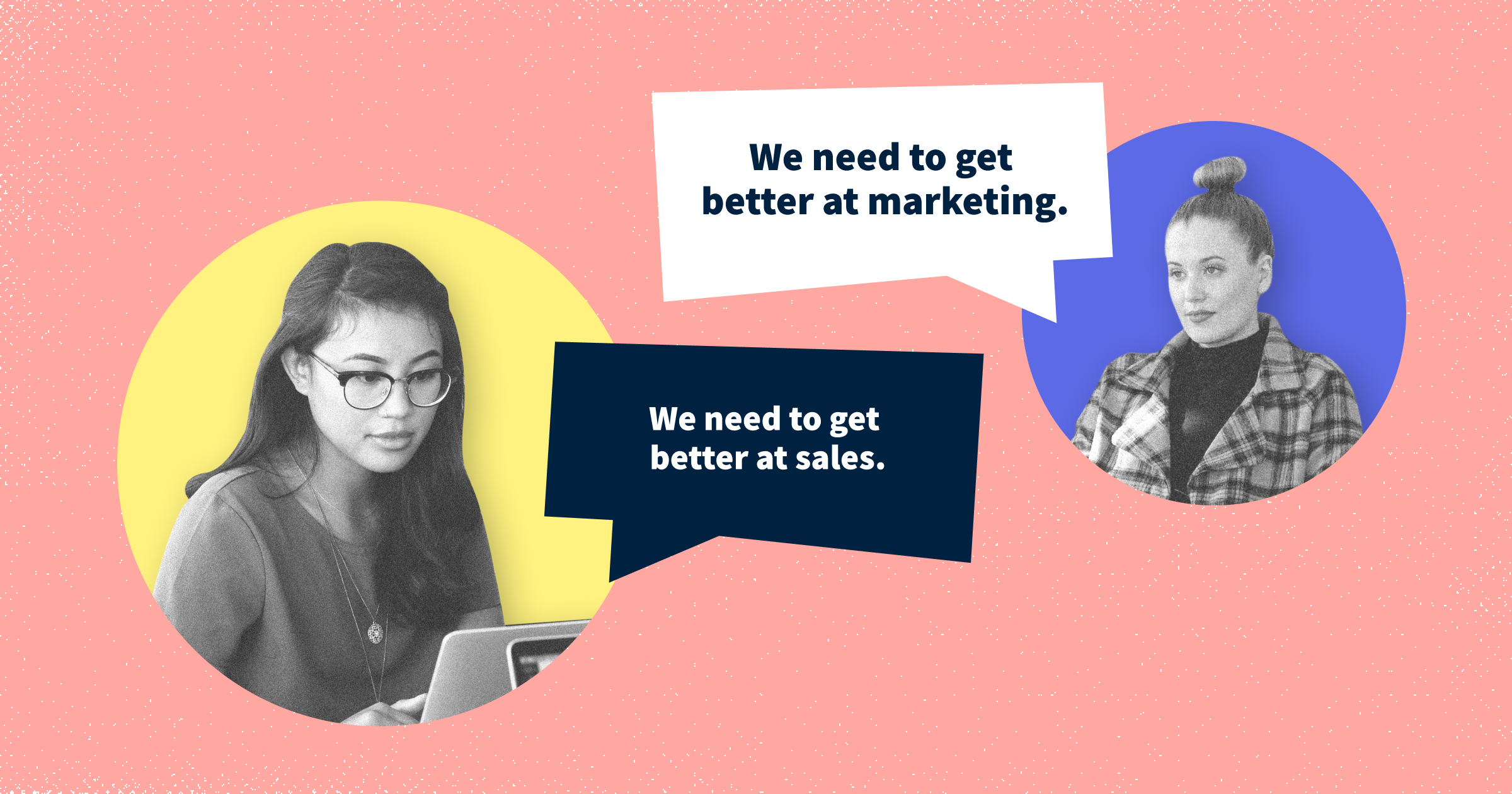
Marketers that focus on MQLs end up doing the wrong things in order to achieve the metrics. So I changed it.
16 JUN 2020
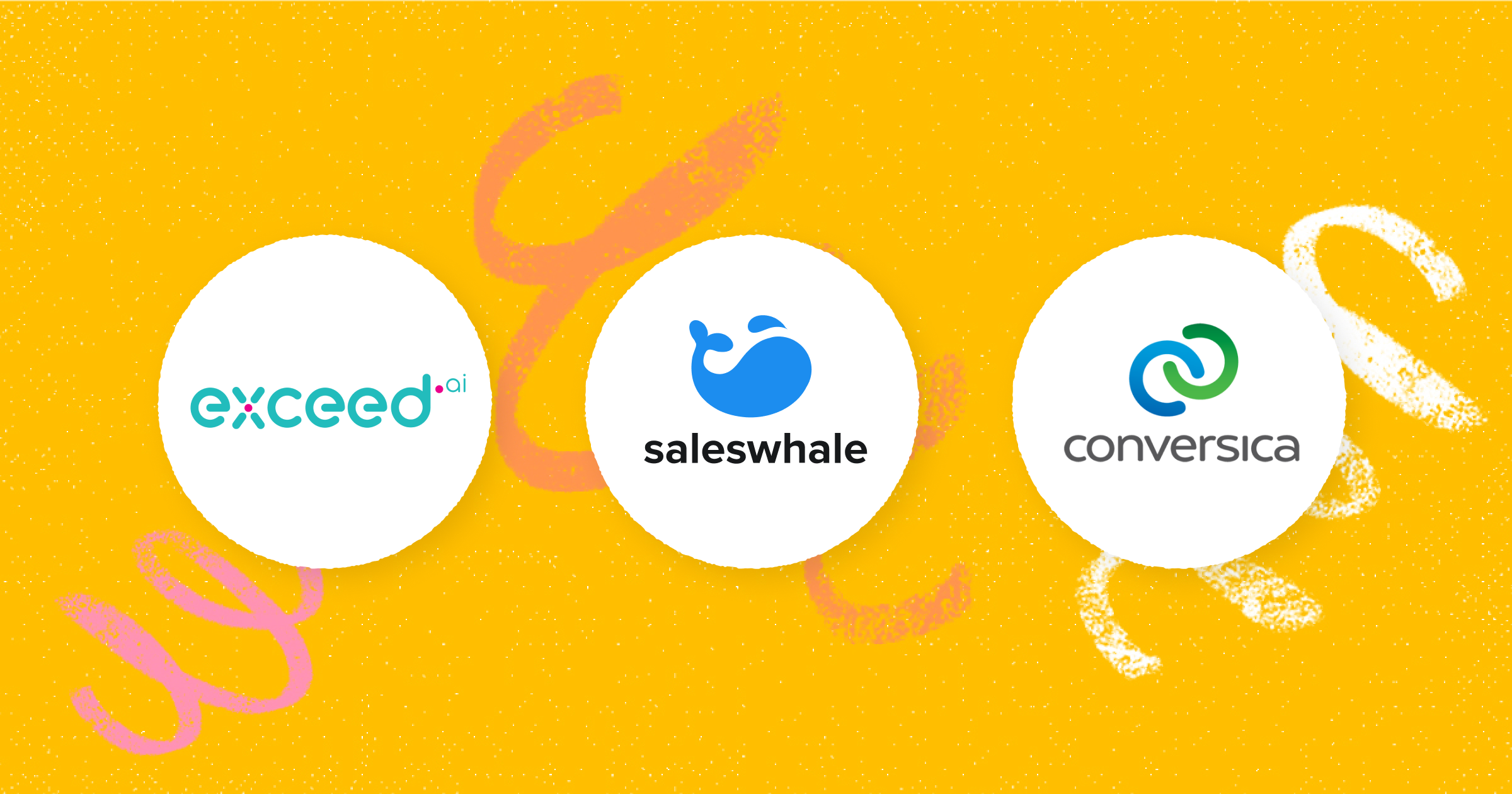
Conversica isn't the only player out there. Learn how Saleswhale and Exceed.ai compare and make an informed decision.
15 APR 2021
By providing your email you consent to allow Saleswhale to store and process the personal information submitted above to provide you the content requested.
You can unsubscribe at any time by clicking the link in the footer of our emails. For information about our privacy practices, please visit our privacy page.